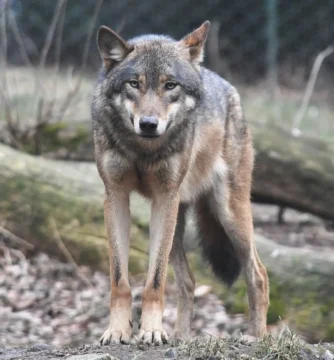John Last at Noema:
 It’s no coincidence that in our age of techno-optimism, the technological solutions posed for ecological problems are growing ever more ambitious — and invasive. Fertility control for wildlife is hardly the only example; scientists are already releasing swarms of genetically modified insects to combat disease and seeding the sky with silver iodide to modify the weather. Among proponents of these technologies, it is rarely considered that we may simply be introducing a new kind of pollution — an intervention whose effects we do not understand well enough to be certain that we will not be trying to undo them in half a century’s time.
It’s no coincidence that in our age of techno-optimism, the technological solutions posed for ecological problems are growing ever more ambitious — and invasive. Fertility control for wildlife is hardly the only example; scientists are already releasing swarms of genetically modified insects to combat disease and seeding the sky with silver iodide to modify the weather. Among proponents of these technologies, it is rarely considered that we may simply be introducing a new kind of pollution — an intervention whose effects we do not understand well enough to be certain that we will not be trying to undo them in half a century’s time.
But if a heavier hand is not the solution, what is? Is there another way to approach nature — one that does not frame it solely as a scientific problem to be solved or a romantic ideal to be reconstructed? Not long after Muir articulated his philosophy of fortress conservation and Pinchot produced his utilitarian formula for sustainable development, Leopold, the author of the paradigm-shifting “A Sand County Almanac,” was trying to define a third way, one grounded in a different conception of humanity’s relationship to nature.
more here.
Enjoying the content on 3QD? Help keep us going by donating now.
